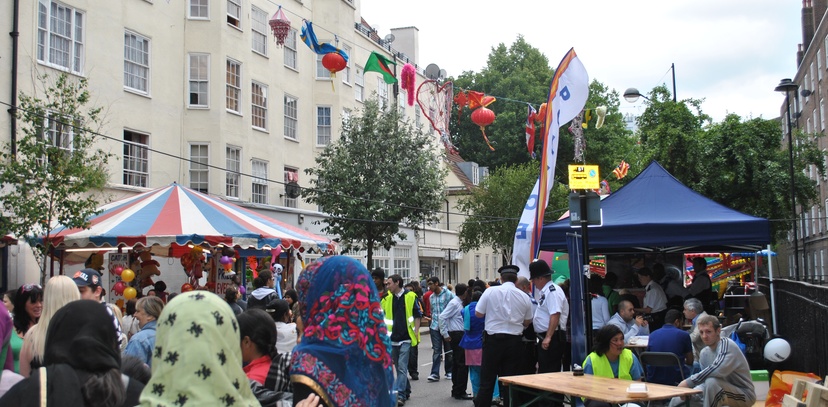
Exploring different perceptions of place is essential in understanding social and physical changes to an area as the case of Somers Town demonstrates.
Somers Town, the area of London hemmed in between Euston Road, St Pancras International and Euston Station, is a residential community that has witnessed a high degree of physical and social changes to the areas immediately surrounding it over the years. Drivers of change have included the developments of the British Library, the redevelopment of St Pancras Station and King’s Cross Central. These on-going changes have recently been joined by the construction of the Francis Crick Institute on land behind the British Library, which when completed will be one of Europe’s largest medical research facilities. The development is a partnership between the Wellcome Trust, University College London, Cancer Research UK, and the Medical Research Council), and has been subject to both strong support and opposition from various local and national voices, including criticism about the physical and social impacts upon Somers Town. With this in mind Somers Town acts as a microcosm of the relationship between local, national and international needs for space in a major city.
Regarding the development of the Francis Crick Institute it would be perfectly possible, and even valid, to represent the context as the imposition of a major construction upon a local community with high levels of socio-economic deprivation that is built up and densely populated. Whilst this does capture some of what is occurring, as in many other places, the issues raised by the construction of the Institute exist within a much wider context. These processes produce continually shifting perceptions of place, and by engaging with a whole range of people it becomes possible to understand what kind of place Somers Town is. Though this may appear similar to the basic aims of community consultation, directly looking at perceptions of place helps to identify the premises upon which opinions towards change are based. Such premises are typically the product of the build up of individual and collective lived experiences of a place, and although clear conclusions may be drawn, cannot typically be neatly packaged into the view of the ‘community’, or the ‘outsiders’.
The case of Somers Town demonstrates this, as whilst there was an undisputed sense that the area was a strong residential community, there was not a uniform view amongst the local community or people from the surrounding area about its relationship with adjacent national infrastructure or institutions, such as St Pancras Station or the Francis Crick Institute. For example, whilst many residents drew upon a strong sense of history and personal memory of the area as a close-knit community subject to top-down impostion; whereas, other residents as well as other people working in the area drew upon an experience of place more closely affiliated to Somers Towns location near central London, and felt that the development could deliver benefits to the local community as well as to medical-science. Looking at different strands of thought illustrated the point that experiences of change are multiple, both in terms of present lived experience but also as a result of historical lived experience. Perhaps the key point to draw is that when planning for major physical or social changes, an awareness of the complexity of the social, physical, and historical processes that shape the lived experience of place is essential in understanding how to best integrate changes into a local community.
Practical resources on the importance of place can be found here and here.
Guest post: Oliver Gregory- Future Communities Intern and former UCL MSc Urban Studies student- @oligregory